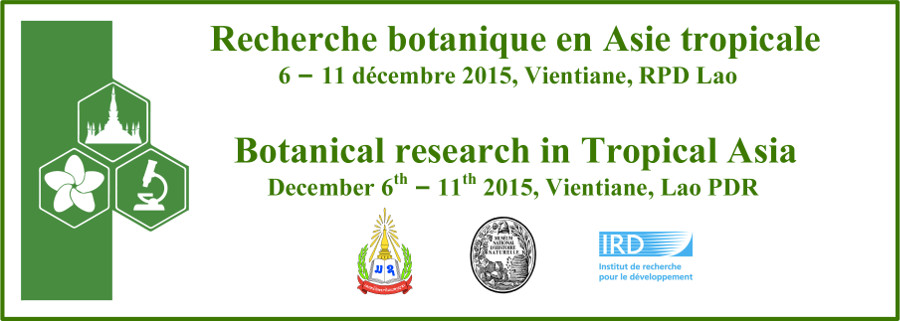Tea, camellias and oil camellia from the genus Camellia L. are commercially highly important. About one third of all known Camellia species occur in the Indochinese Peninsula, of which half are endemic. Many new species of Camellia, including some golden camellias, are still being described from this area, suggesting that it was previously under-collected. Almost no work, however, has focused on the phylogenetics and biogeography of Camellia in this area. This project aims to address these issues using morphological and molecular approaches. Morphological studies, consisting of a comparison and description of various macro-characters of specimens, palynological analyses and leaf anatomical investigations, will be undertaken to clarify the boundaries of species in this notoriously variable genus. DNA markers derived from nuclear and chloroplast genomes will be selected to generate molecular sequence data, which will be used to reconstruct a robust phylogenetic tree. A new classification of this genus could then be proposed based on both morphological and molecular data. Species that have potential to supply new traits to facilitate the breeding of tea, oil tea and camellias could also be identified.
- Poster

 PDF version
PDF version

